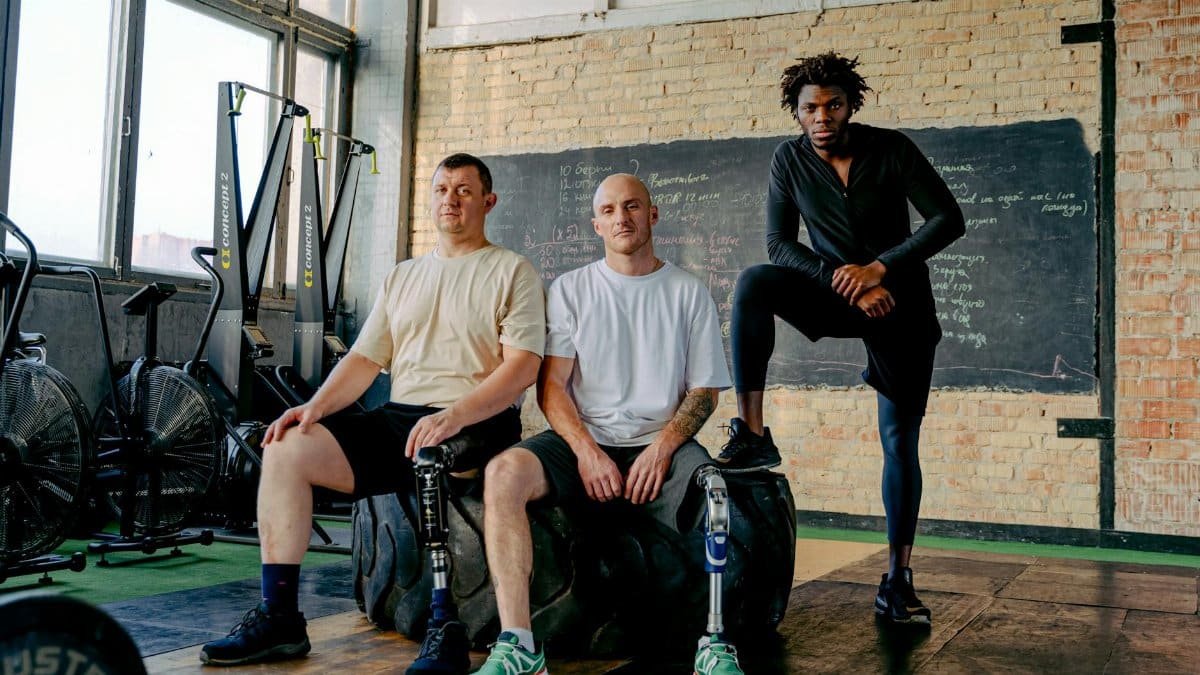In a world where stress levels are skyrocketing, new data shows that 68% of Americans report improved mental health after engaging in emotional healing practices, according to a recent survey by the American Psychological Association. This surge highlights how emotional healing isn’t just a buzzword—it’s becoming a vital tool for restoring balance amid daily chaos. From therapy sessions to mindfulness exercises, people are turning to these methods to process past traumas and build resilience. As we navigate 2025’s uncertainties, understanding what makes emotional healing effective could be the game-changer for achieving true emotional equilibrium.
Defining Emotional Healing

Emotional healing refers to the process of addressing and resolving deep-seated emotional wounds, often stemming from trauma, loss or chronic stress. It’s not about erasing pain but transforming it into growth. Experts emphasize that this journey involves self-awareness and sometimes professional guidance. In the U.S., with rising mental health awareness, more individuals are seeking these paths to reclaim their inner peace.
The Role of Self-Reflection

Self-reflection acts as the foundation for emotional healing. By examining personal experiences without judgment, people uncover patterns that hold them back. Journaling or meditation can kickstart this. A study from Harvard University found that regular reflection reduces anxiety by up to 25%. Harvard Health Publishing details how such practices rewire the brain for better emotional regulation.
Overcoming Common Barriers

Many face hurdles like denial or fear when starting emotional healing. Stigma around vulnerability persists, especially in fast-paced American culture. Breaking through requires small steps, like talking to a trusted friend. Therapists note that avoidance only prolongs suffering, urging proactive approaches to dismantle these walls.
Techniques for Daily Practice

Incorporate simple techniques into routines for ongoing emotional healing. Breathing exercises calm the nervous system, while affirmations rebuild self-esteem. Apps and online resources make these accessible. The National Institutes of Health reports that consistent mindfulness lowers depression symptoms. Check out their guide at NIMH Depression Resources for evidence-based strategies.
Impact on Relationships

Emotional healing transforms how we connect with others. Healing personal wounds fosters empathy and healthier boundaries. Couples therapy often reveals that unresolved issues sabotage partnerships. In 2025, with divorce rates steady, experts predict a rise in healing-focused programs to strengthen bonds and reduce conflicts.
The Science Behind It

Neuroscience backs emotional healing’s power. Brain scans show that processing emotions activates areas linked to resilience. Research from the University of California indicates therapy rewires neural pathways, easing chronic pain. This scientific validation encourages skeptics to try methods like cognitive behavioral therapy for tangible results.
Professional Help vs. Self-Help

While self-help books and podcasts offer starters, professional intervention provides tailored support. Licensed therapists guide complex cases, preventing missteps. The CDC highlights that combining both yields the best outcomes for mental wellbeing. Their mental health page offers insights: CDC Mental Health.
Cultural Influences in the U.S.

American culture shapes emotional healing approaches, blending individualism with community support. From workplace wellness programs to spiritual retreats, diverse methods cater to varied backgrounds. In 2025, inclusivity drives innovations, ensuring healing tools reach underrepresented groups for broader societal benefits.
Measuring Progress

Track emotional healing through milestones like reduced triggers or improved mood stability. Tools like mood journals help quantify changes. Experts advise patience, as progress isn’t linear. Celebrating small wins builds momentum toward lasting balance.
Long-Term Benefits

Ultimately, emotional healing unlocks sustained wellbeing, boosting productivity and life satisfaction. Studies show healed individuals report higher happiness levels. As U.S. trends evolve in 2025, embracing this key practice promises a more balanced future for all.
